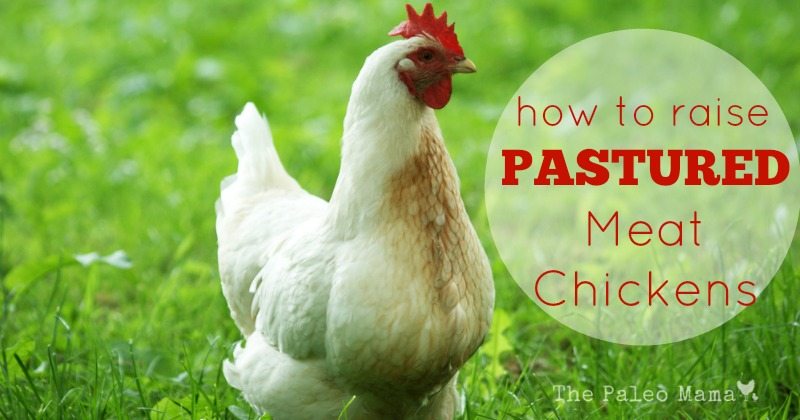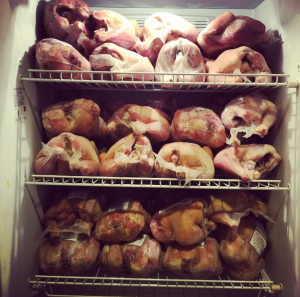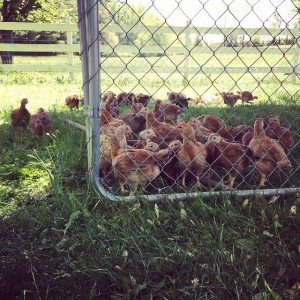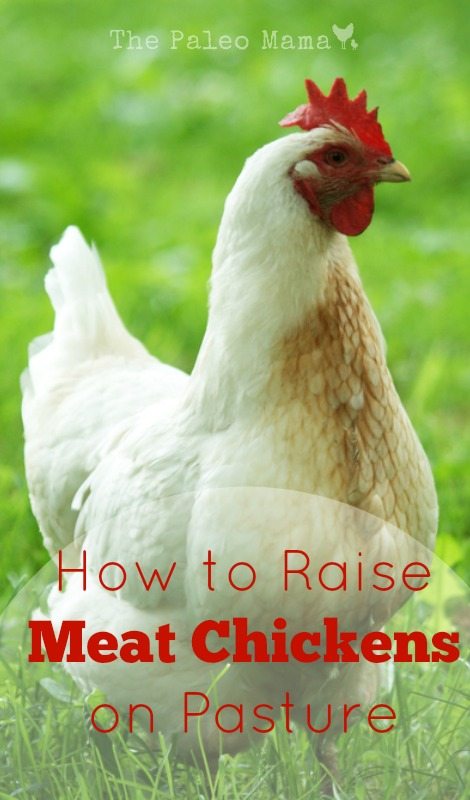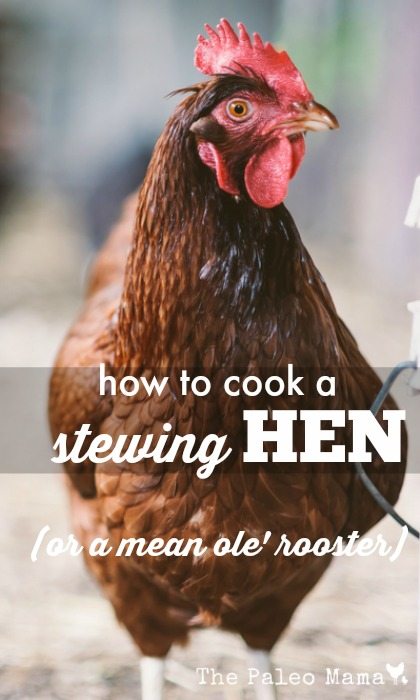Did you see our announcement about our family hitting the road for a new adventure? It’s true…it’s crazy…it’s our new dream!
We have already purchased our new RV and we are rearing to go. This was a super hard decision for us but we are confident and ready for new adventures.
Why are we doing this? Well, we will be calling the road our home for the time being so we can do what we are passionate about and teach about essential oils while training our business partners in doTERRA to create residual income to fulfill their dreams. We have learned that the greatest gift you can give someone you believe in is your time. For our business, we have been limited in the amount of time we can give to our doTERRA team because we have been so busy with farm life.
We ask that if you are interested in talking more about our farm, to please give our realtor, Robert Price a call. His number is 828-231-4655 or you can email him at robertprice@kw.com. TELL HIM JACKIE RITZ SENT YOU!
Gather Heritage Farm is a 10-acre farm nestled at the base of Razor Mountain in the quaint farming community of Barnardsville, NC. This turnkey farm focuses on practices that are sustainable and renewable to provide for years to come. Craftsmanship and attention to detail hallmark the property from the foundation, through the well-insulated walls and floors, up to the well-constructed ceiling. Each room was meticulously designed with precision to ensure satisfaction and comfort. Wormy chestnut from a 100-year old tobacco barn that was present on the property previously, adorns the main floor windows and floors. Throughout the home, very large double-paned windows allow natural light to pour into the house, providing 360-degree views around the entire home. Within the ensuite of the master bedroom, located on the main floor, there is subway tile floor with a clawfoot bathtub masterpiece, which was once used to water cattle from within the community!The bottom floor is surrounded by Superior walls with the roof of the home being constructed with SIPS panels, providing unmatched integrity and outstanding construction techniques. Downstairs, there is a multi-use space with a uniquely rustic bathroom, tandem-style garage and a in-ground root cellar/wine cellar. This cellar is ventilated with a fan and maintains about 55-60 degree temperatures year-round. With this detail and the ample amounts of spray foam within the walls and floors, the home stays cool in the summer and cozy in the winter.The kitchen boasts an induction cooktop, convection oven, and french door style refrigerator with a farm-style basin sink, where looking through the swinging windows has long-range mountain views. Completing the main floor is a refreshing naturally lighted dining room and half-bath for guests when entertaining.The second floor is a kids oasis or a great space for guests. With cork flooring and impressive architecture, the floor is comfortable and inviting. Large bedrooms with bonus areas can be used for a kids’ bedrooms or an office space. There is a common area with wonderful views of Razor Mountain right outside the windows! Lastly, the bathroom matches the same style as the master bathroom to complete the floor.Relax after a day of farming with a refreshing iced tea on the covered wrap-around front porch with long-range views of the surrounding mountains. Enjoy an after dinner stroll along the fruit and nut orchard, while listening to the bubbling sounds of one of the several waterfalls of Poverty Branch which runs along the front of the property.The barn is a 3-horse barn, with a 200+ square bale hayloft. It is complete with well designed stall lights and fans, to keep your animal family cool and refreshed. It is also equipped with a tack room for supplies and keeping bits and bridle clean and in good shape. Take your friends for a horseback ride in the open air riding arena, located within the orchard! The rest of the farm is replete with rolling pastures, outbuildings for your critters, and an unmatched locust-post galvanized cross fence system that subdivides the property into manageable pastures and paddocks for the animals. The fencing is reinforced as well with electric cord to protect your precious farm friends from predators.Adorning the side of the mountain on the property is a 1890s log cabin brought log-by-log to the property from a sister county. So whether it is a walk through the butterfly tranquility path, viewing the newly planted vineyard, or sitting by the fire pit telling stories and sharing time together, Gather Heritage Farm is truly magical and will provide many wonderful memories for family and friends to last a lifetime!
ENJOY THE PICTURES BELOW!
















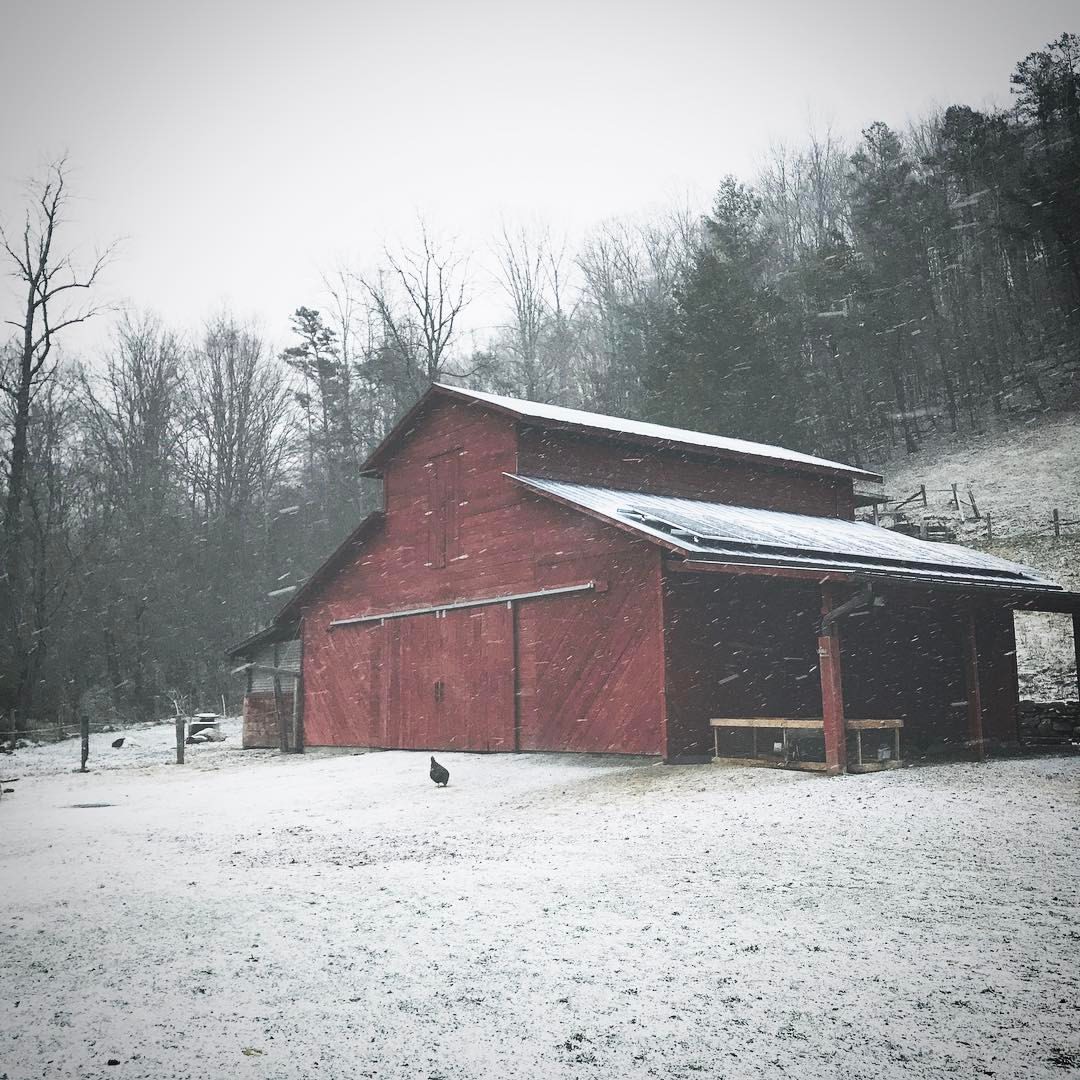




 Frank is one of the most loyal Americans I have ever met. He loves his country deeply. He prays for his country fervently…so many times I have heard his quiet prayers as he is watching the news or a new story on YouTube. He is so faithful and believes in this nation. He’s taught me so much about respect and love in this way.
Frank is one of the most loyal Americans I have ever met. He loves his country deeply. He prays for his country fervently…so many times I have heard his quiet prayers as he is watching the news or a new story on YouTube. He is so faithful and believes in this nation. He’s taught me so much about respect and love in this way. 
